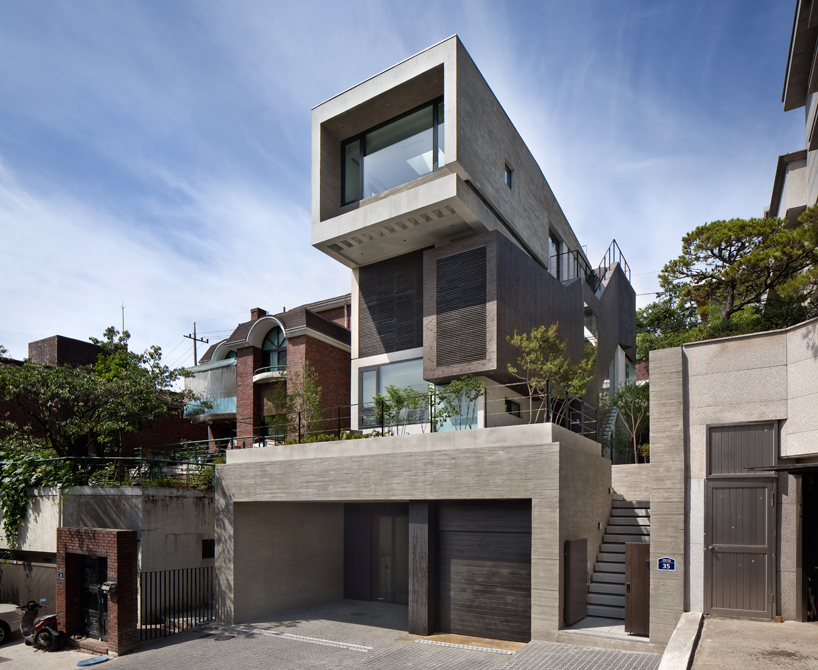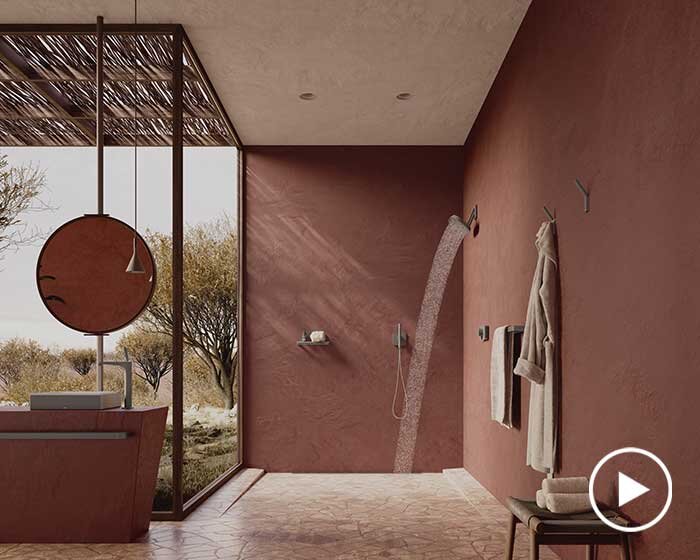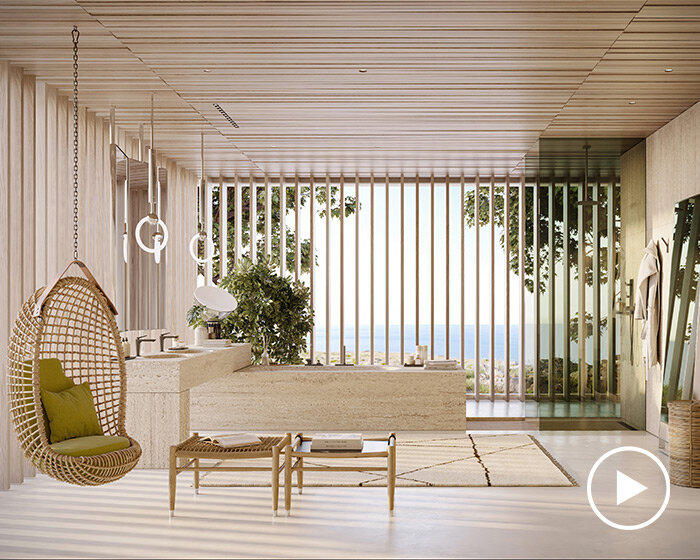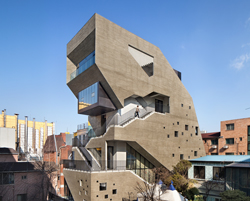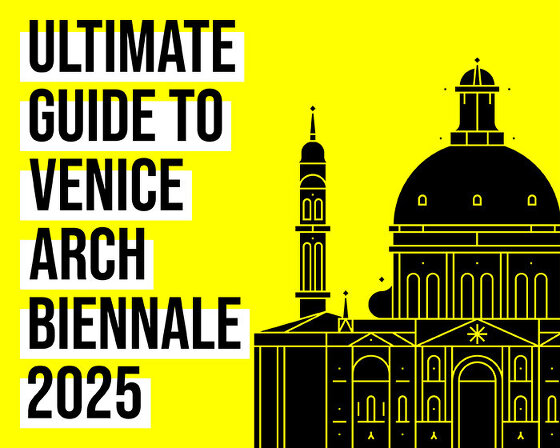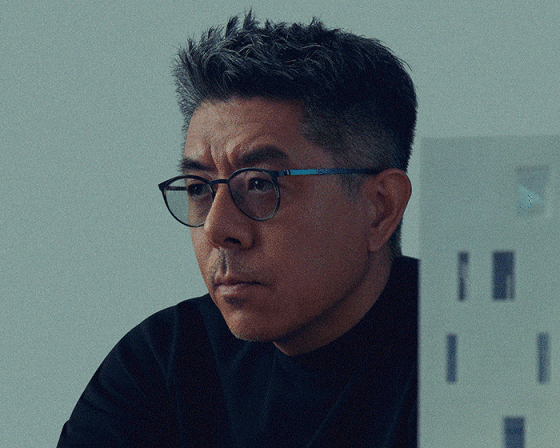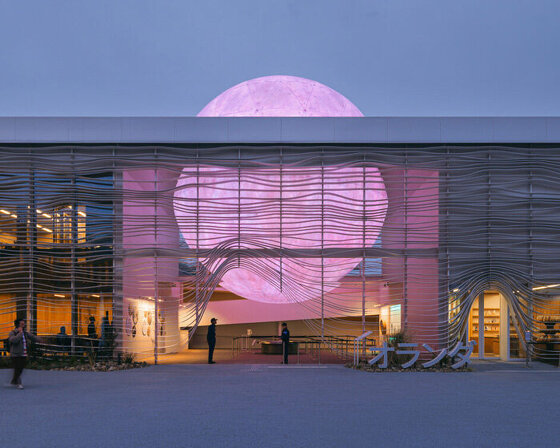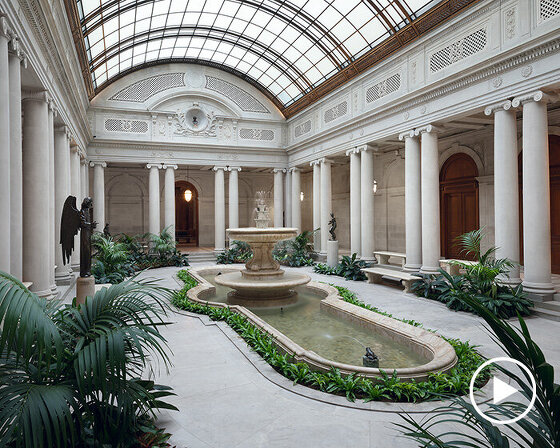‘H house’ by bang by min, seoul, koreaimage © yoon joonhwanall images courtesy of bang by min
the ‘H house’ in the valley of seongbuk-dong just north of seoul, and designed by korean practice bang by min, manages a rather complex set ofparameters in program and site to accommodate the owner’s specifications: it must be a house where three generations can live at the same time,it must be very well ventilated and have plentiful amounts of day light especially in the basement and first level, and it must contain a groundfloor commercial space. the property has a height difference of eight meters, which means that the first two stories are partially under groundand suffered dark damp conditions in the previously existing dwelling. the solution can be thought of as a small tower resting on a concrete plinthcontaining the garage and commercial space, a beauty shop called ‘miega.’ primarily supported by a concrete shear wall structure, stacked spacesof differing materials create semi-individual living areas. the second storey acts as the communal space, where three living rooms of various heights create a natural separation for each of the nuclear families, connected or separated by retractable walls. overhanging volumes and deep eaves shade the large west-facing windows, with wooden screens for privacy.
set in from the property edge, the dwelling allows views in all directions and therefore plenty of natural light and ventilation. in response to the previousissues with the subterranean levels, a sunken courtyard was created that also offers a private exterior area. various cuts and voids in the primarystructure create moments for light to illuminate the interior, making all the programmatic elements feel airy and light. gardens and other embedded courtyards add to this effect and create a strong relationship between the outside and inside. an atrium in the center of the project contains a hangingmult-use area that exhibits a space within a space. the rooftop garden allows the users a view over the valley from the highest point, as well asanother place to escape company without actually leaving the residence.
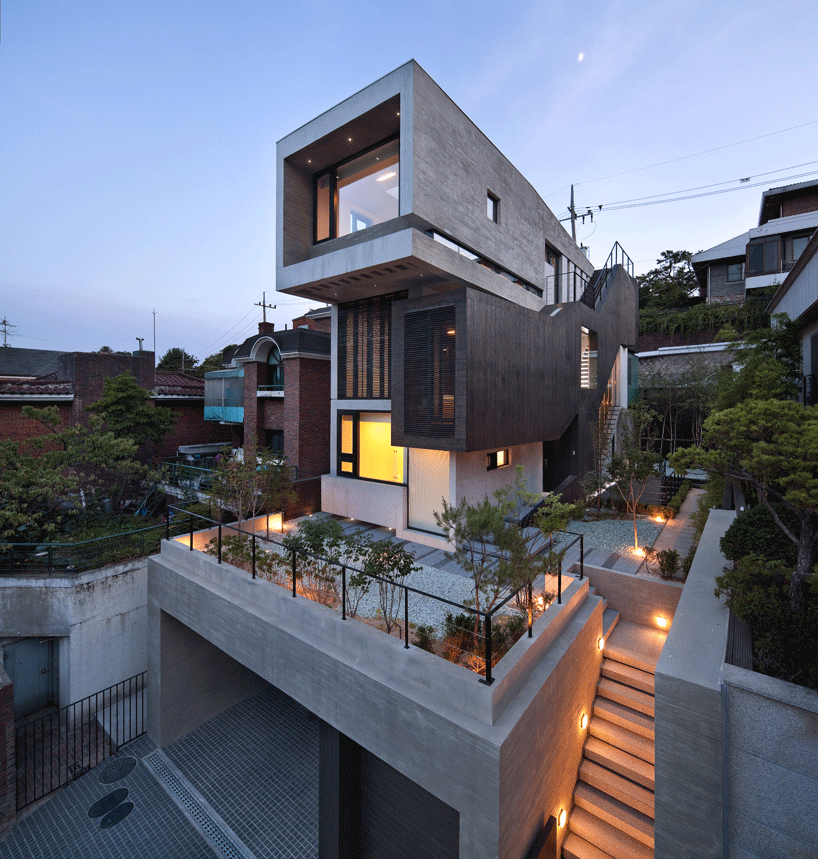 retractable wooden screens close off certain volumesimage © designboomcourtesy yoon joonhwan
retractable wooden screens close off certain volumesimage © designboomcourtesy yoon joonhwan
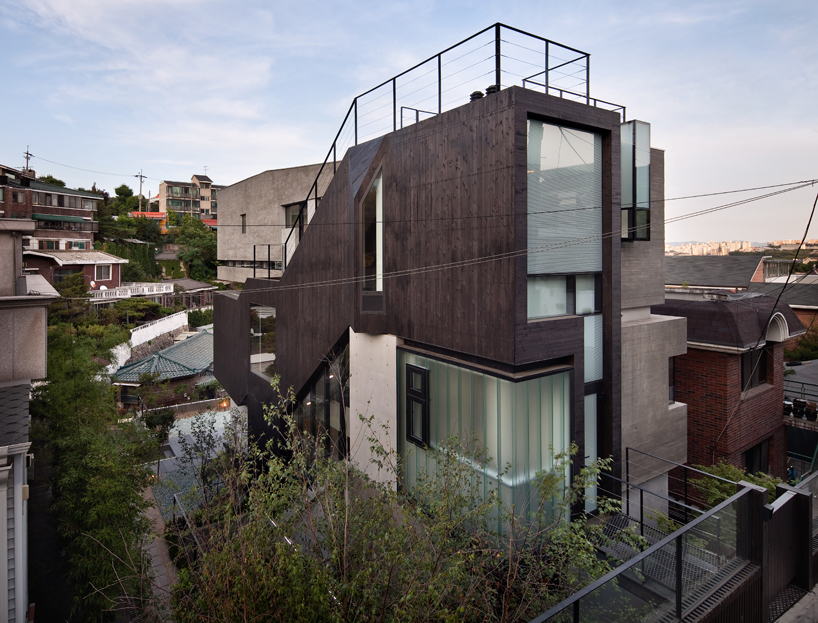 rear viewimage © yoon joonhwan
rear viewimage © yoon joonhwan
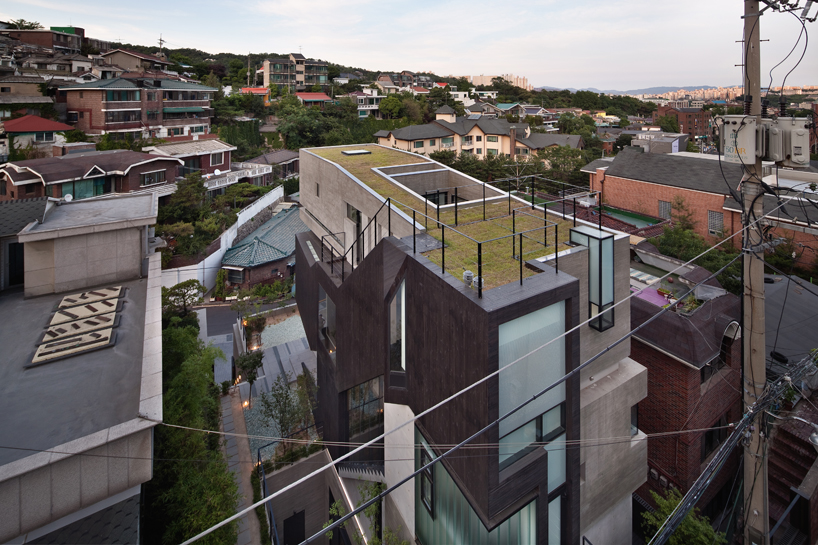 bird’s eye view over the garden and siteimage © yoon joonhwan
bird’s eye view over the garden and siteimage © yoon joonhwan
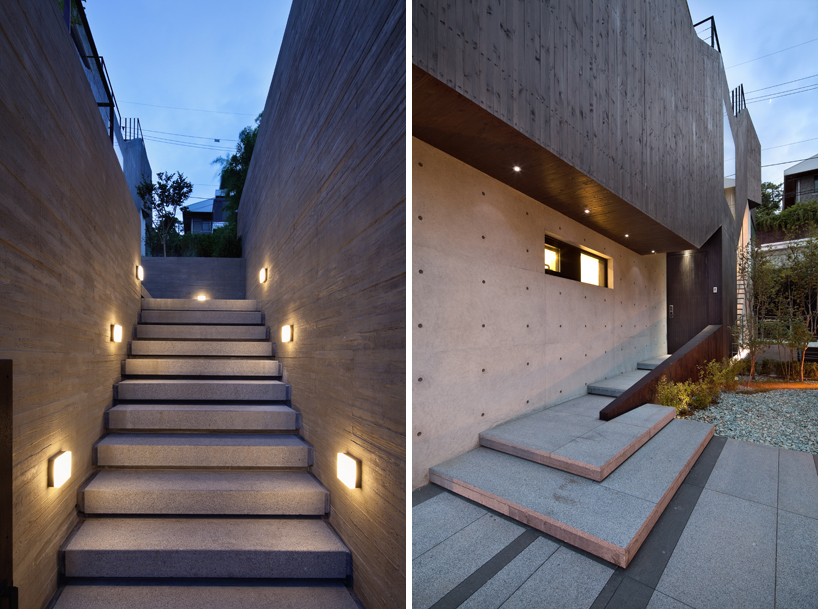 (left) entry stairs(right) entrance into second floorimage © yoon joonhwan
(left) entry stairs(right) entrance into second floorimage © yoon joonhwan
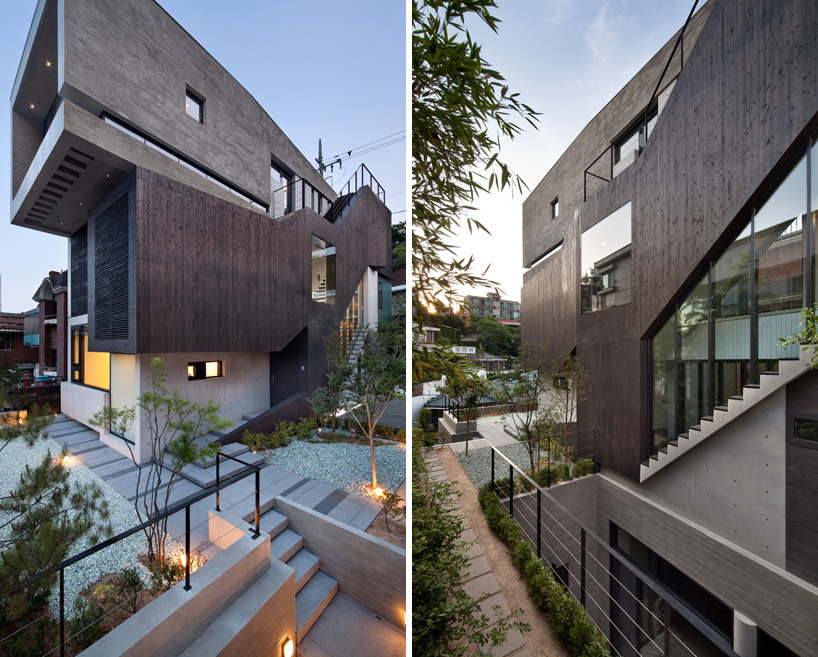 (left) entry courtyard(right) sunken entrance to the lower levelsimage © yoon joonhwan
(left) entry courtyard(right) sunken entrance to the lower levelsimage © yoon joonhwan
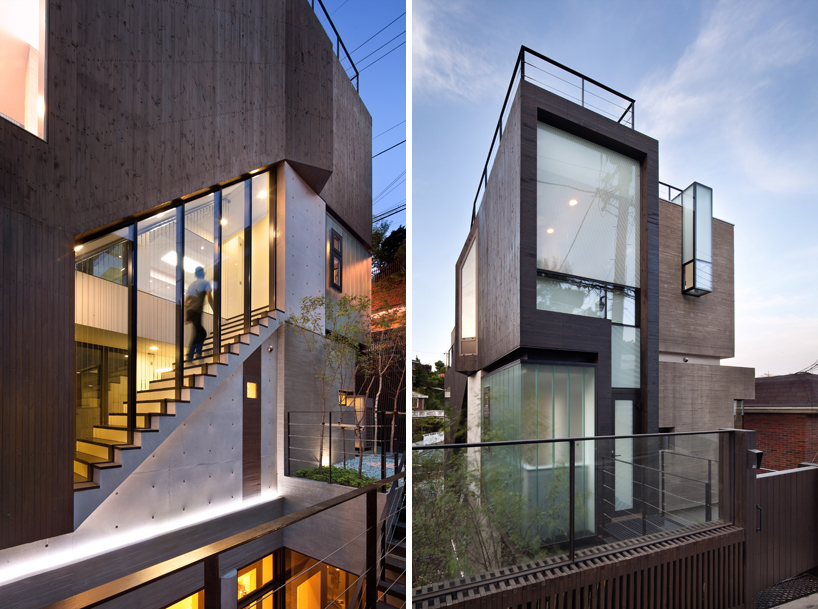 (left) stairs located within a wood-clad form(right) rear side, translucent windows provide light and privacyimage © yoon joonhwan
(left) stairs located within a wood-clad form(right) rear side, translucent windows provide light and privacyimage © yoon joonhwan
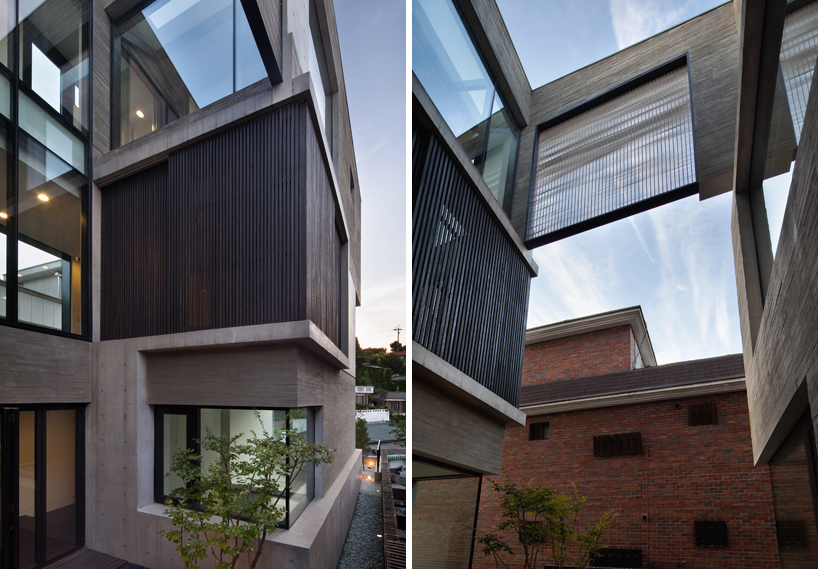 inner courtyard illuminates all levelsimage © yoon joonhwan
inner courtyard illuminates all levelsimage © yoon joonhwan
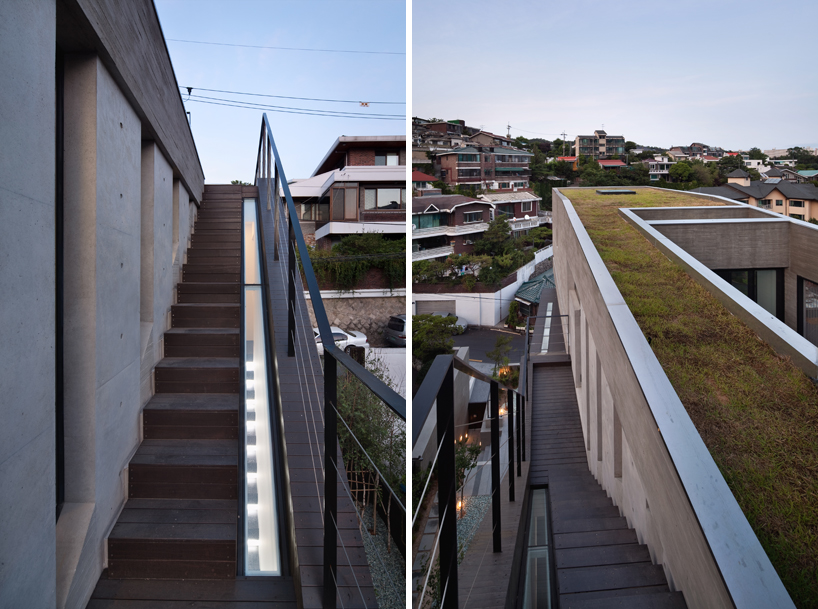 exterior stairs to rooftop gardenimages © yoon joonhwan
exterior stairs to rooftop gardenimages © yoon joonhwan
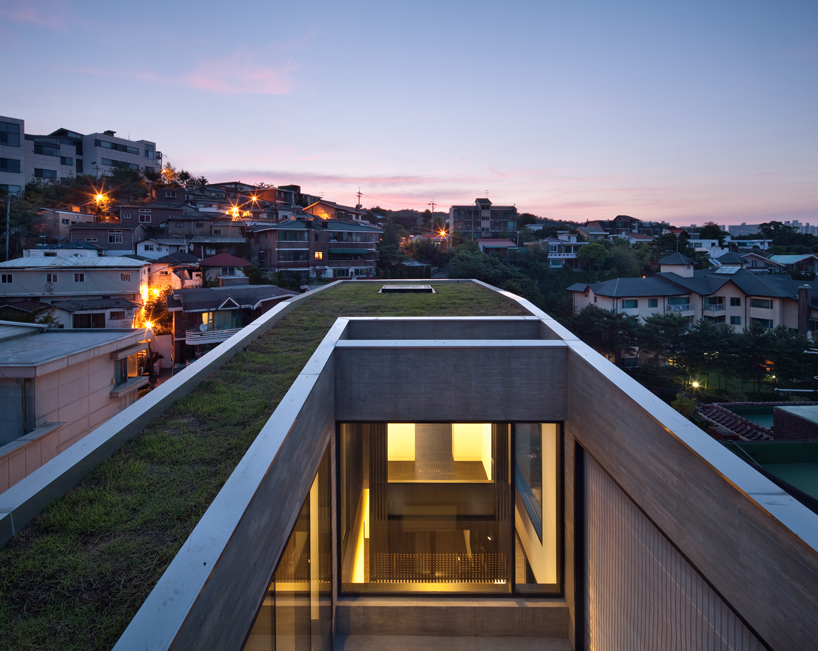 rooftop gardenimage © yoon joonhwan
rooftop gardenimage © yoon joonhwan
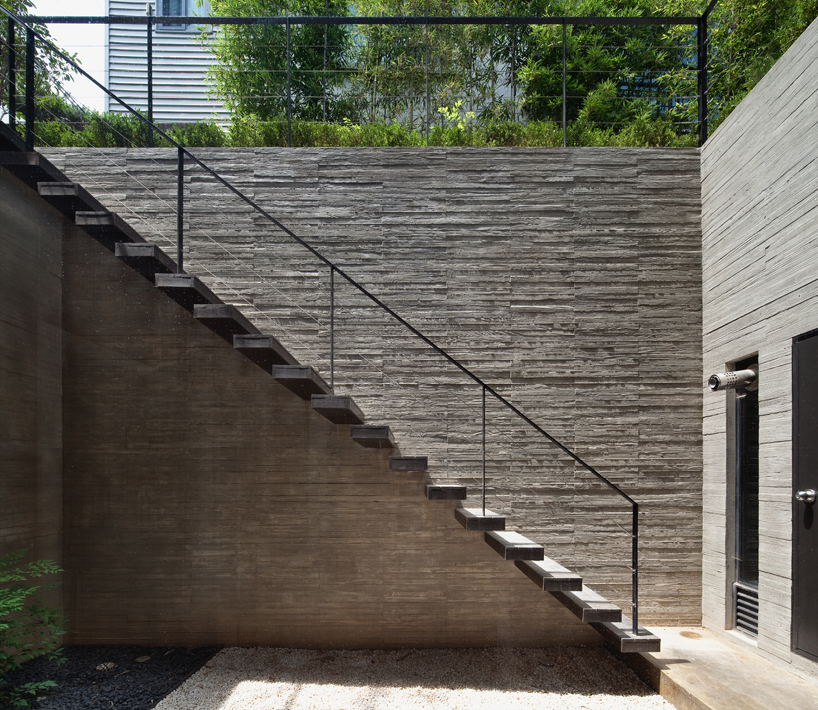 sunken courtyard to combat dark and damp subterranean spacesimage © yoon joonhwan
sunken courtyard to combat dark and damp subterranean spacesimage © yoon joonhwan
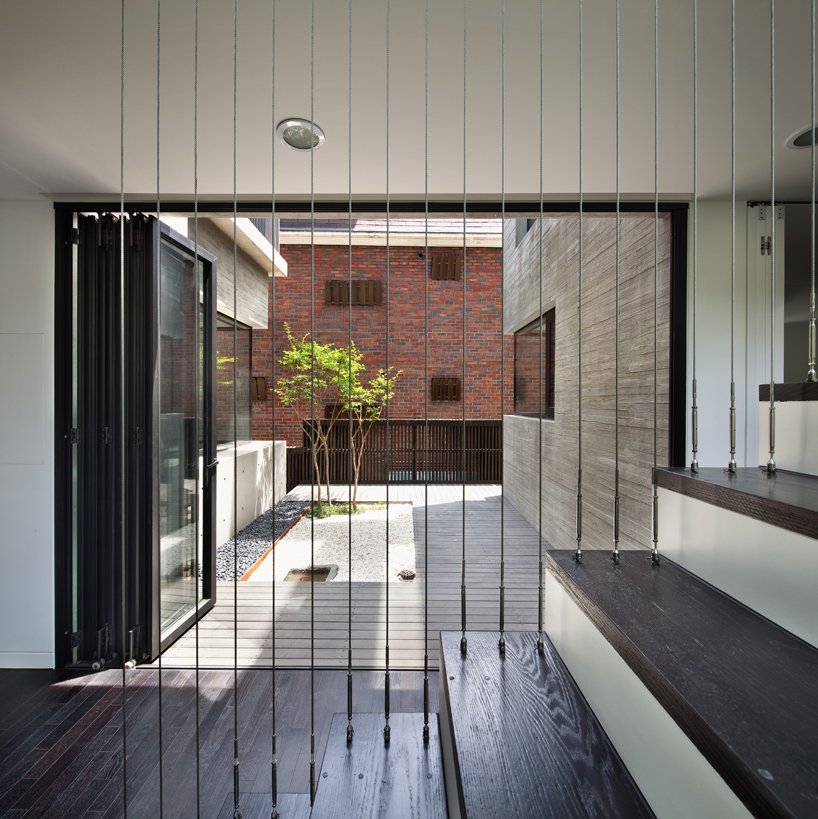 side entryimage © yoon joonhwan
side entryimage © yoon joonhwan
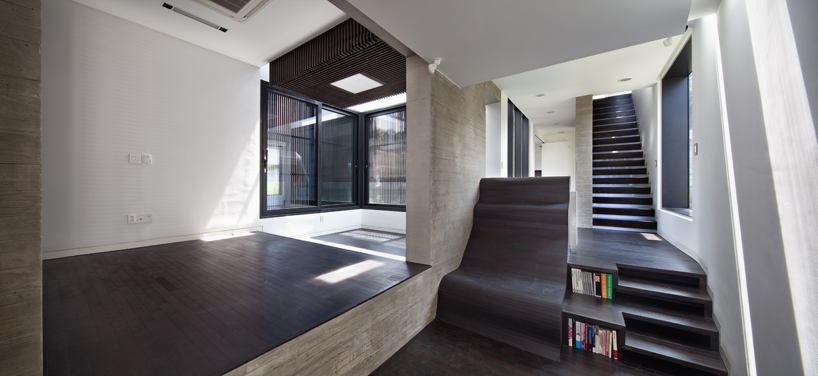 living roomsimage © yoon joonhwan
living roomsimage © yoon joonhwan
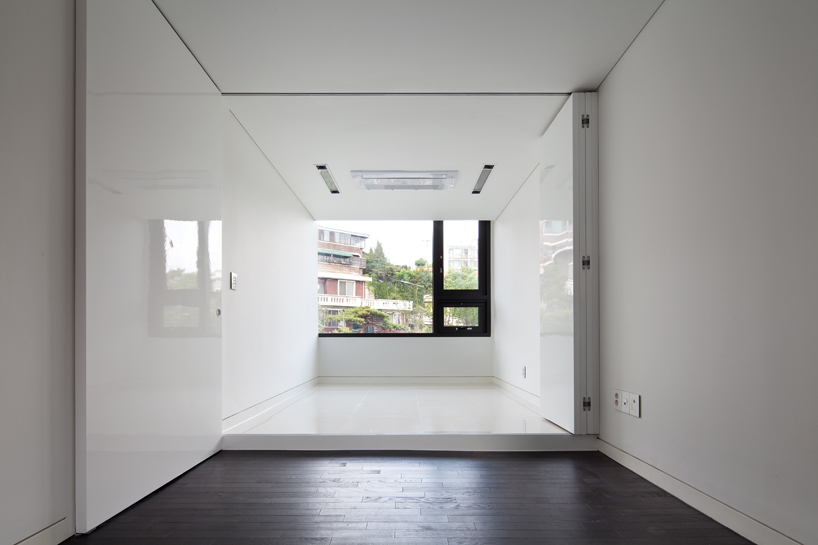 large retractable walls partition spacesimage © yoon joonhwan
large retractable walls partition spacesimage © yoon joonhwan
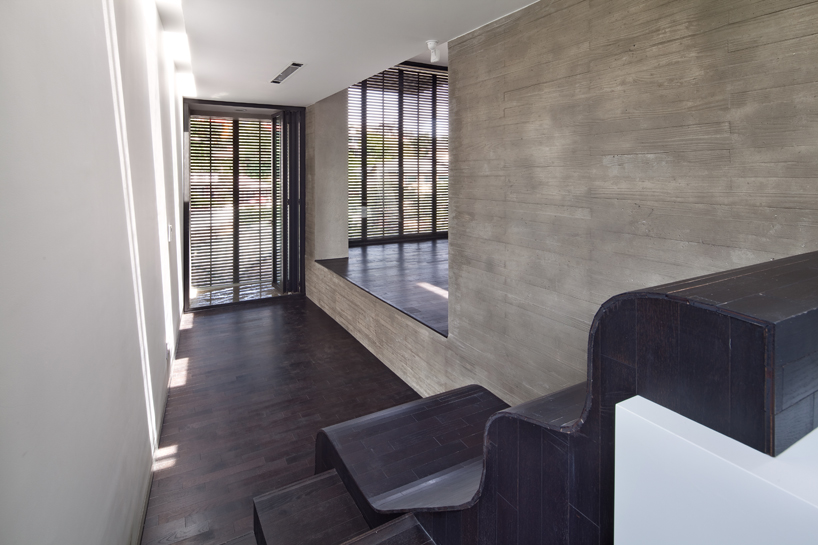 slightly varying levels suggest separated living areasimage © yoon joonhwan
slightly varying levels suggest separated living areasimage © yoon joonhwan
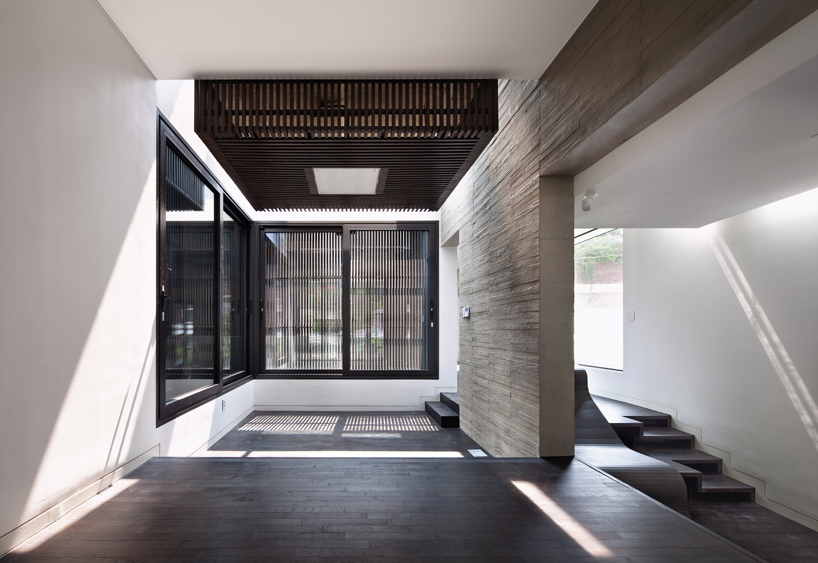 image © yoon joonhwan
image © yoon joonhwan
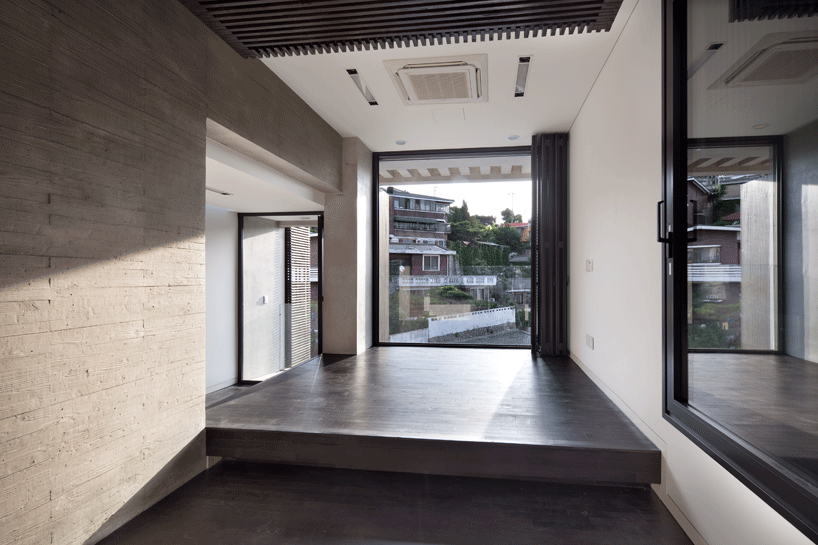 open screen exposing viewsimage © yoon joonhwan
open screen exposing viewsimage © yoon joonhwan
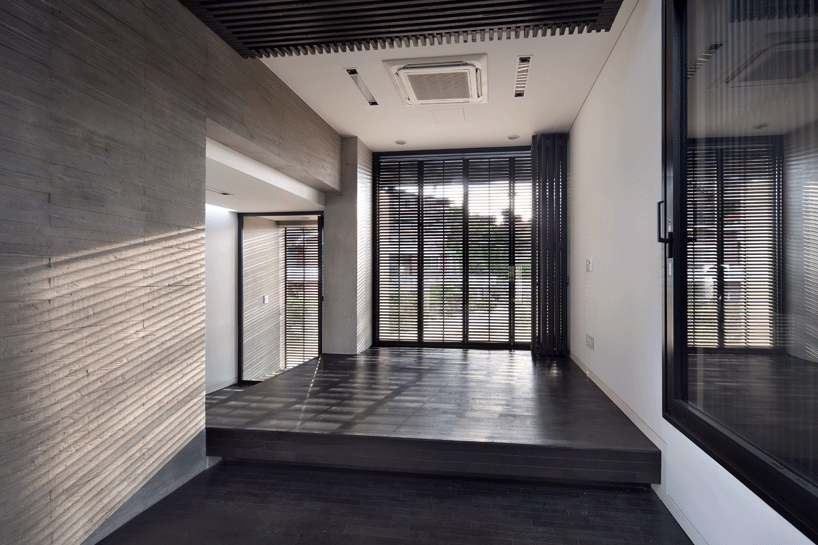 closed screen for shade and privacyimage © yoon joonhwan
closed screen for shade and privacyimage © yoon joonhwan
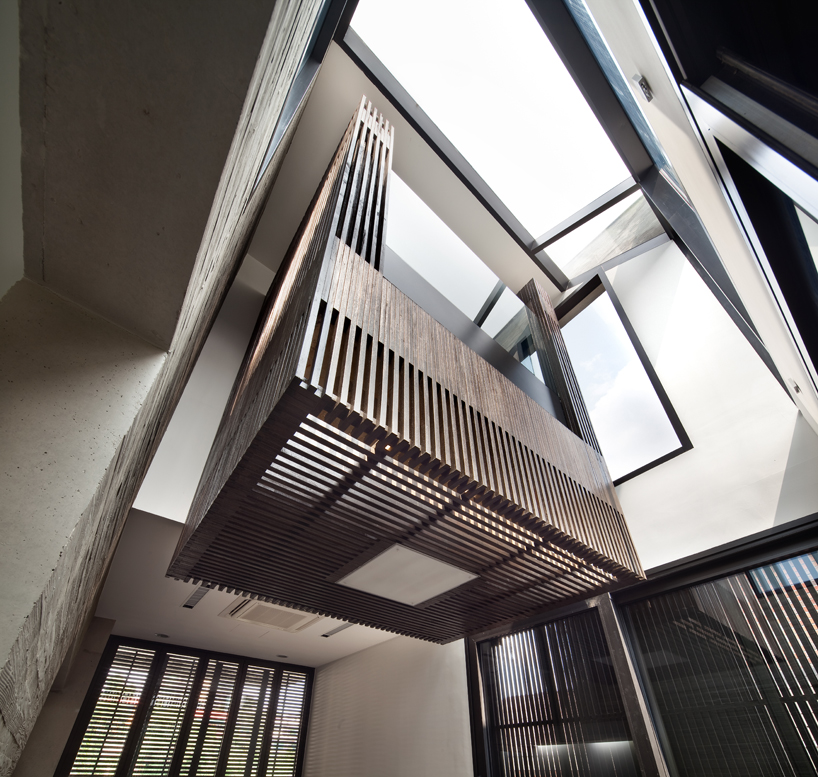 hanging wooden box as multi-use spaceimage © yoon joonhwan
hanging wooden box as multi-use spaceimage © yoon joonhwan
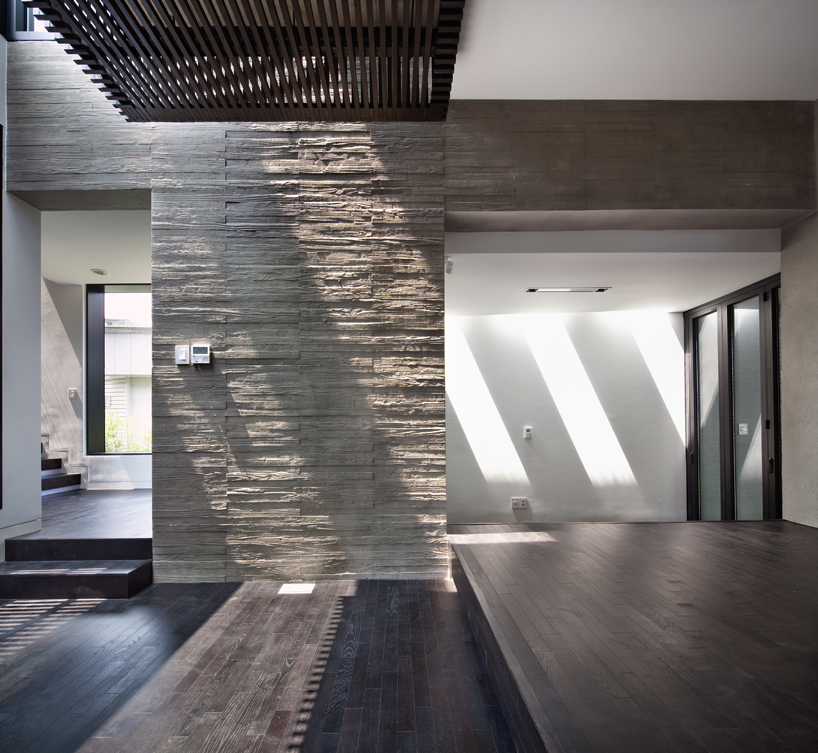 living roomimage © yoon joonhwan
living roomimage © yoon joonhwan
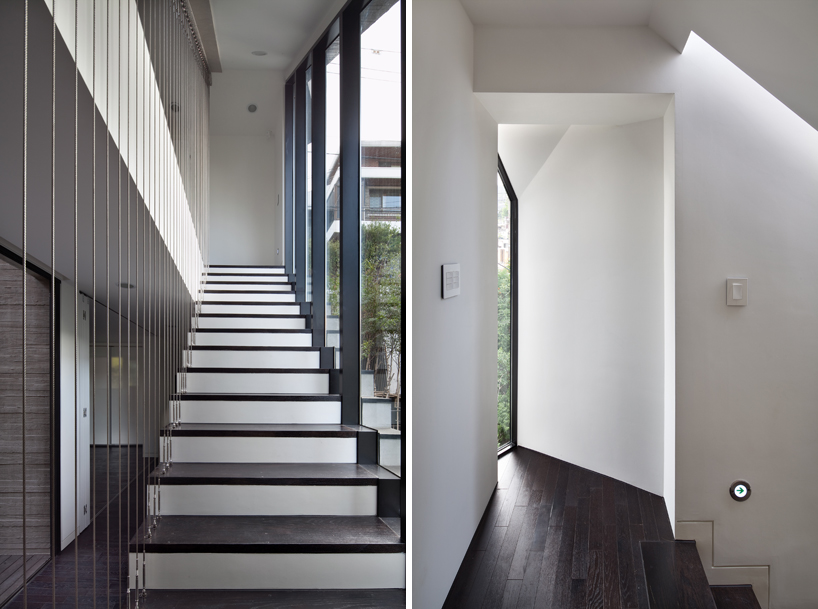 stairwellimage © yoon joonhwan
stairwellimage © yoon joonhwan
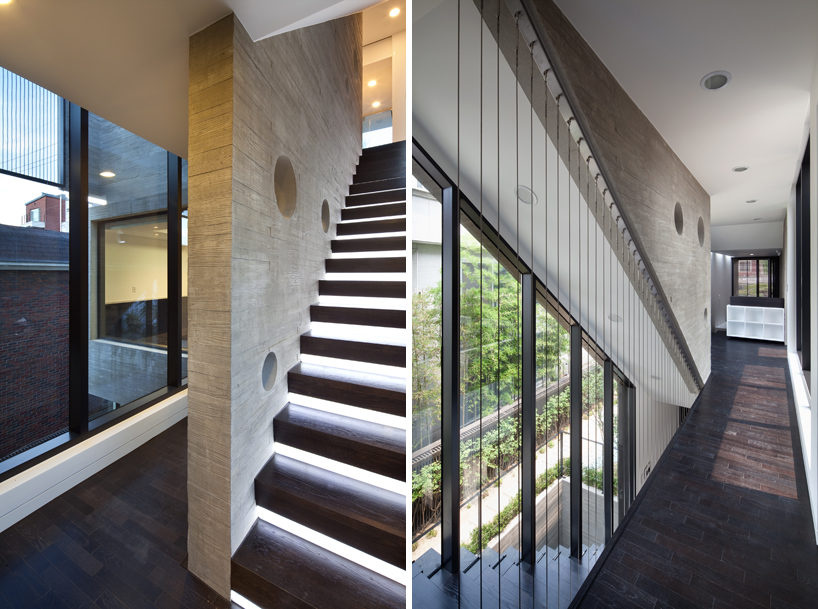 image © yoon joonhwan
image © yoon joonhwan
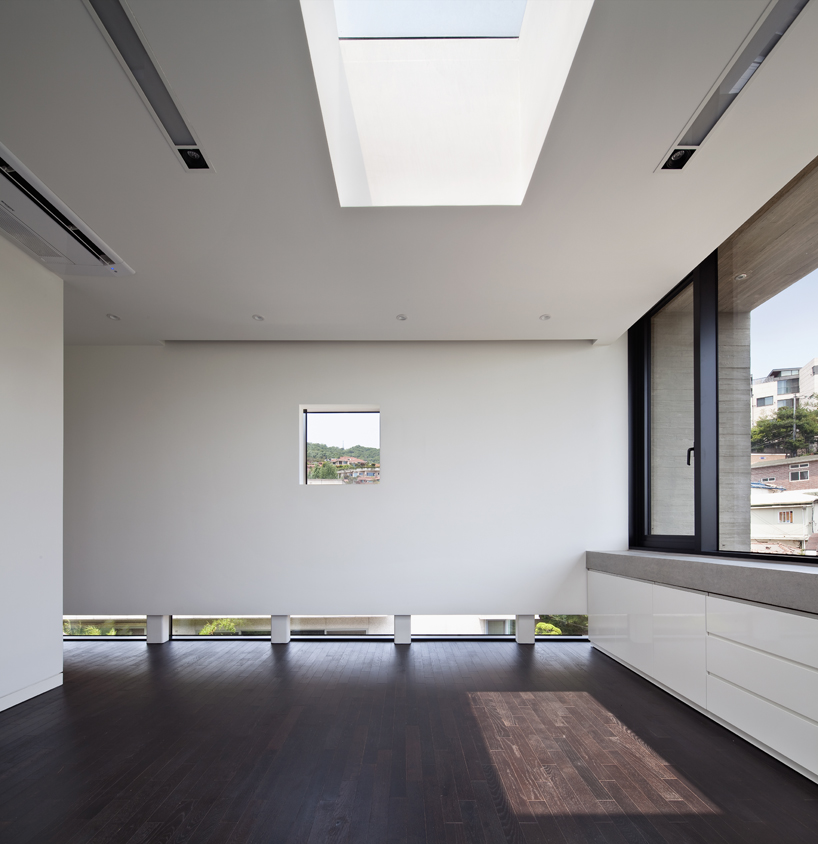 bedroomimage © yoon joonhwan
bedroomimage © yoon joonhwan
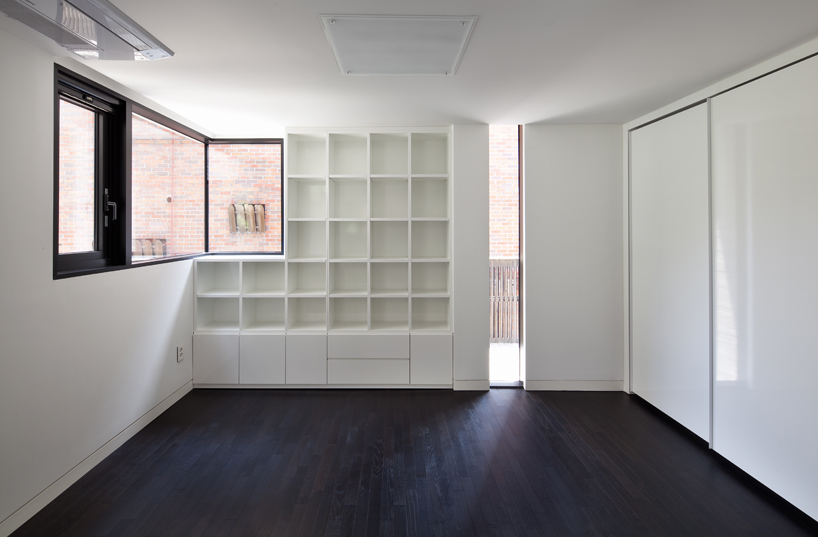 bedroomimage © yoon joonhwan
bedroomimage © yoon joonhwan
![]()
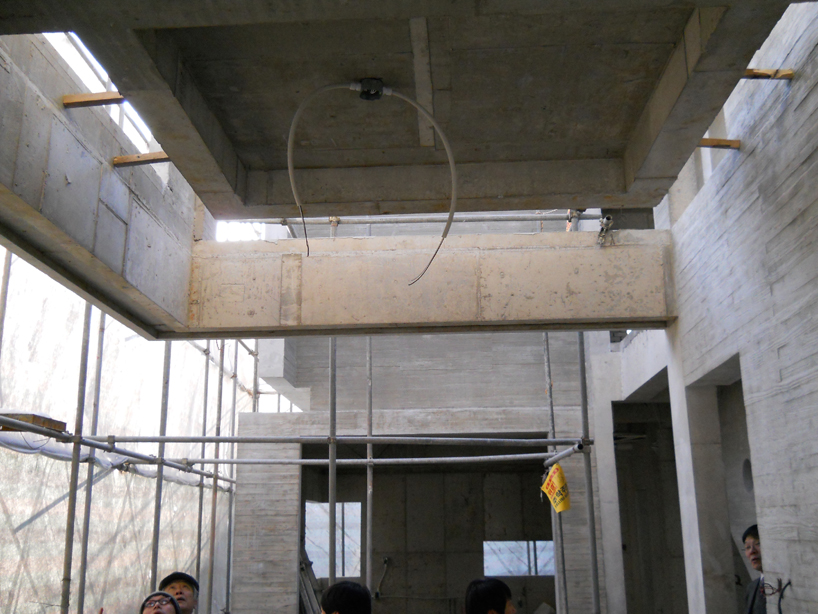 image © yoon joonhwan
image © yoon joonhwan
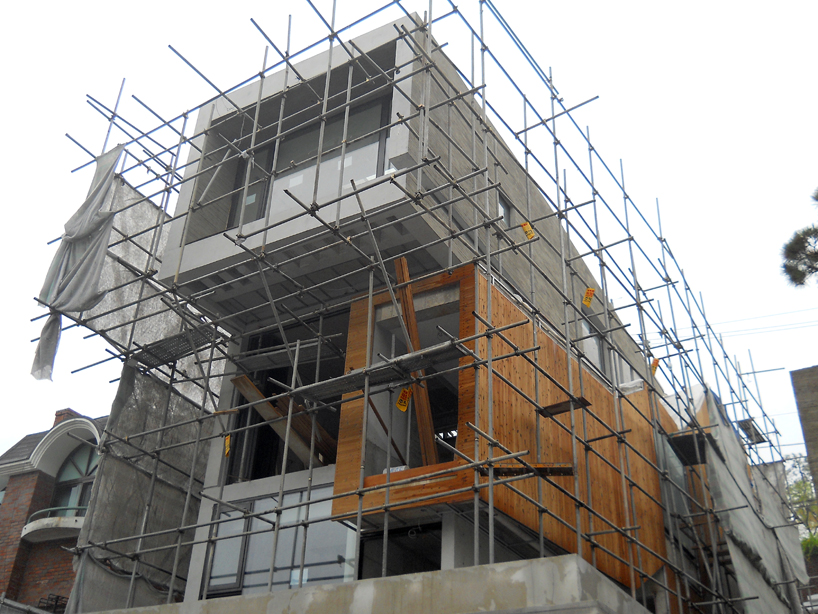 image © yoon joonhwan
image © yoon joonhwan
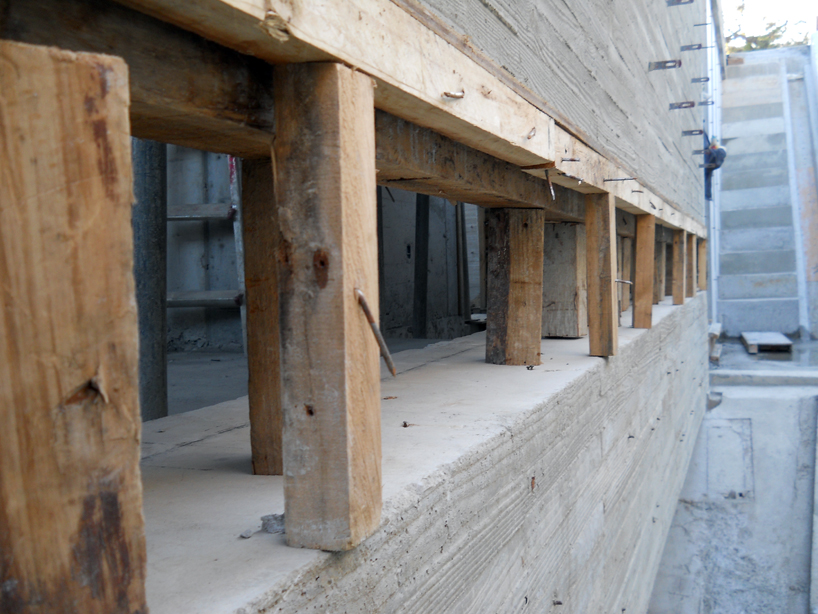 image © yoon joonhwan
image © yoon joonhwan
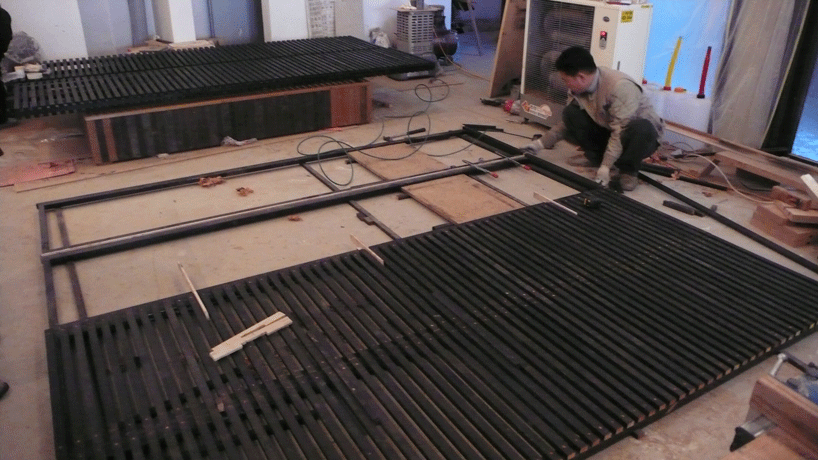 image © bang by min
image © bang by min
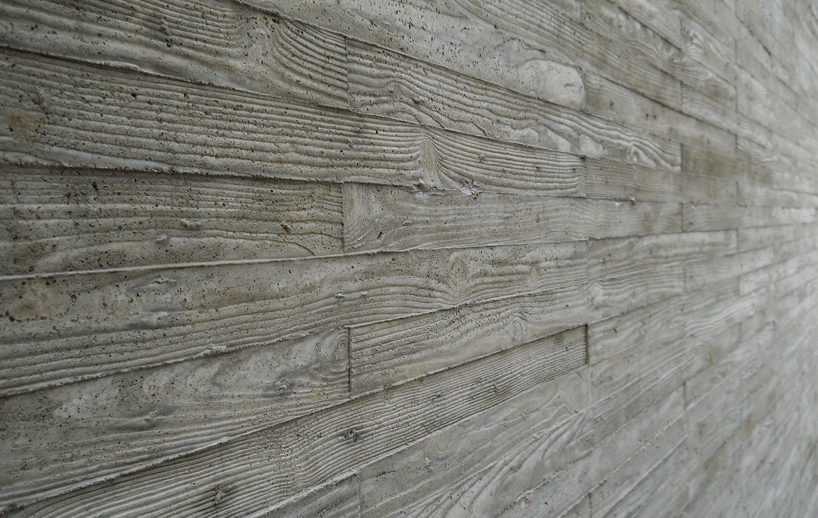 image © bang by min
image © bang by min
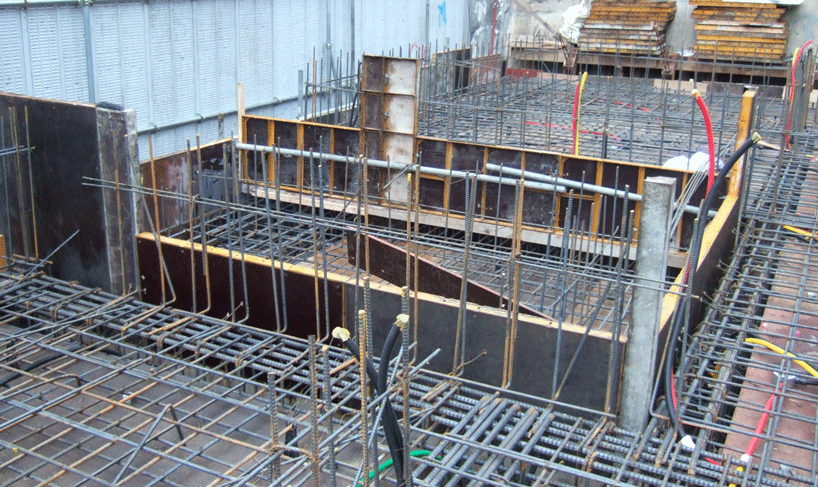 image © bang by min
image © bang by min
![]()
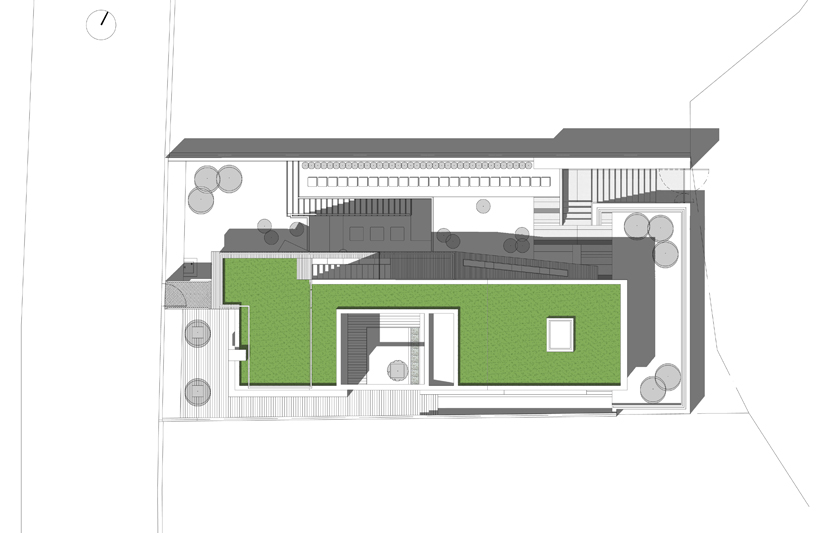 site plan
site plan
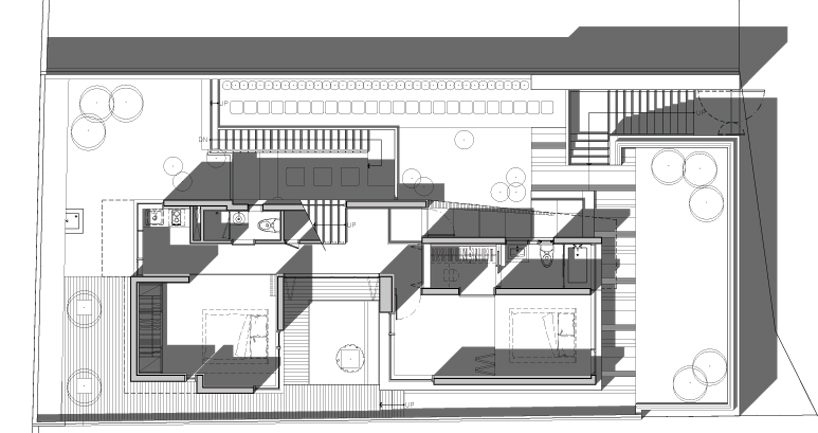 floor plan / level 0
floor plan / level 0
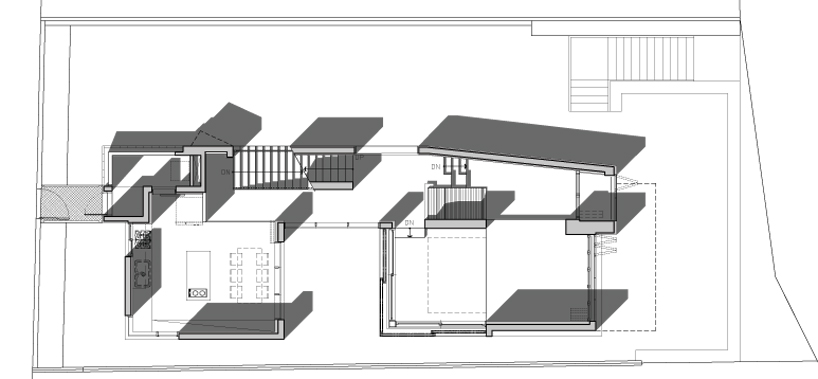 floor plan / level 1
floor plan / level 1
 floor plan / level 2
floor plan / level 2
 roof plan
roof plan
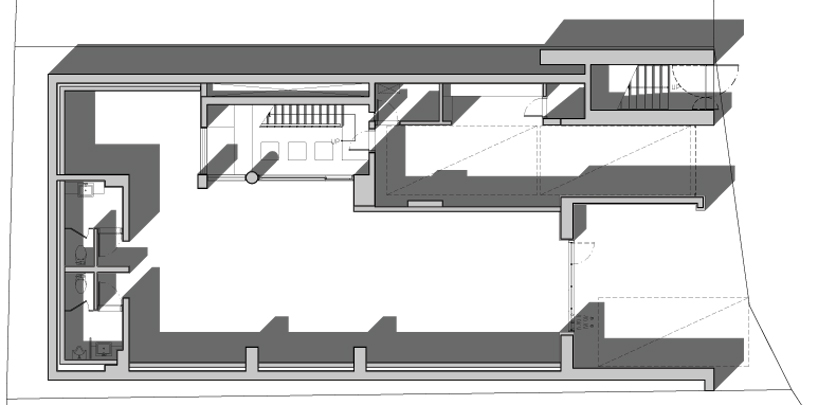 floor plan / level -1
floor plan / level -1
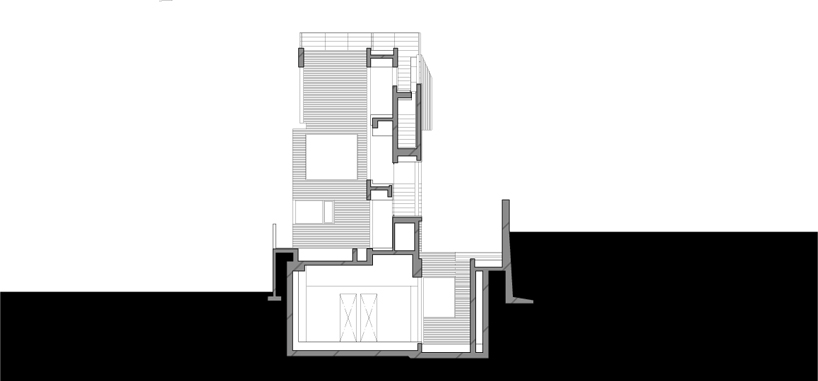 section
section
 section
section
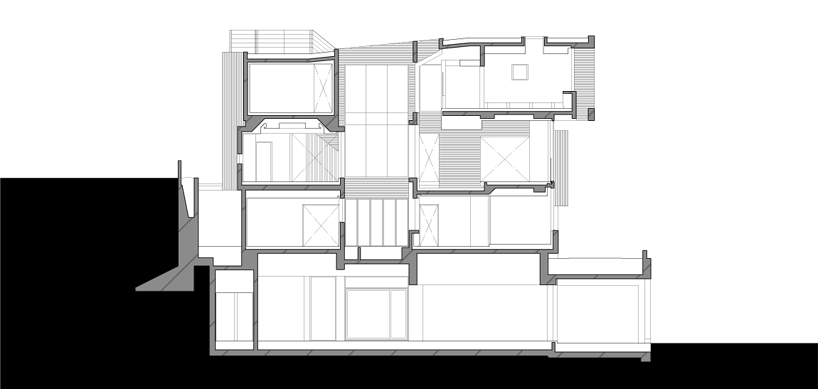 section
section
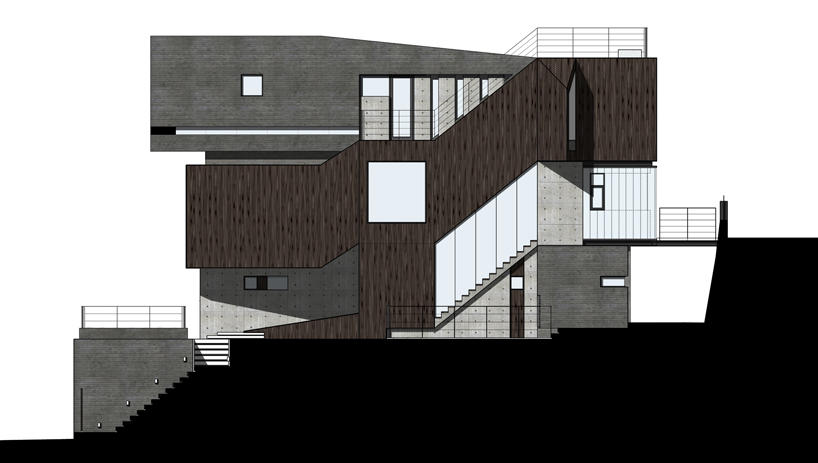 elevation
elevation
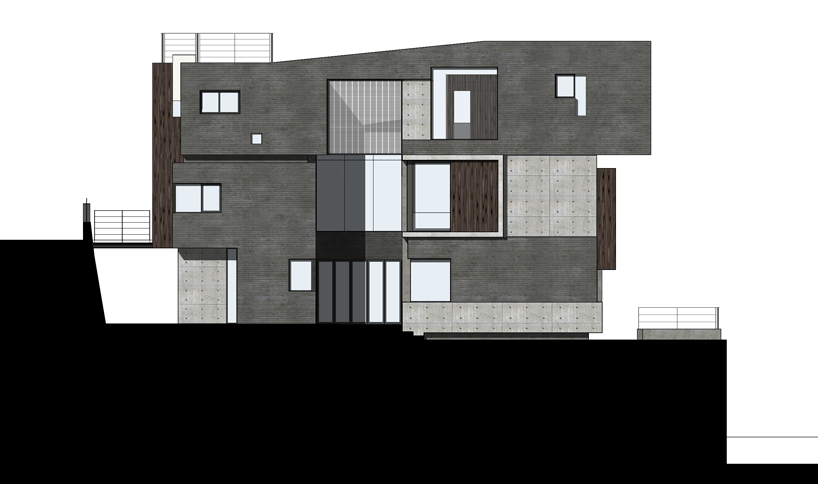 elevation
elevation
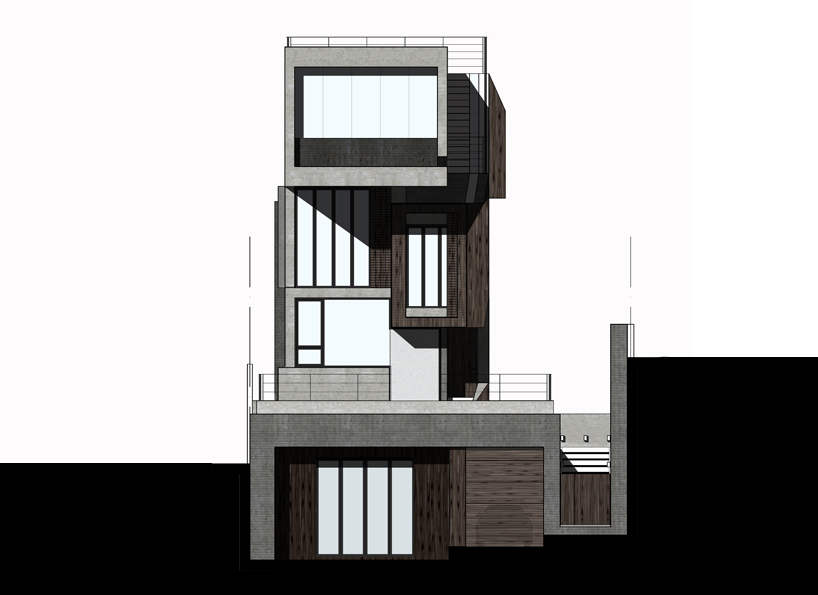 elevation
elevation
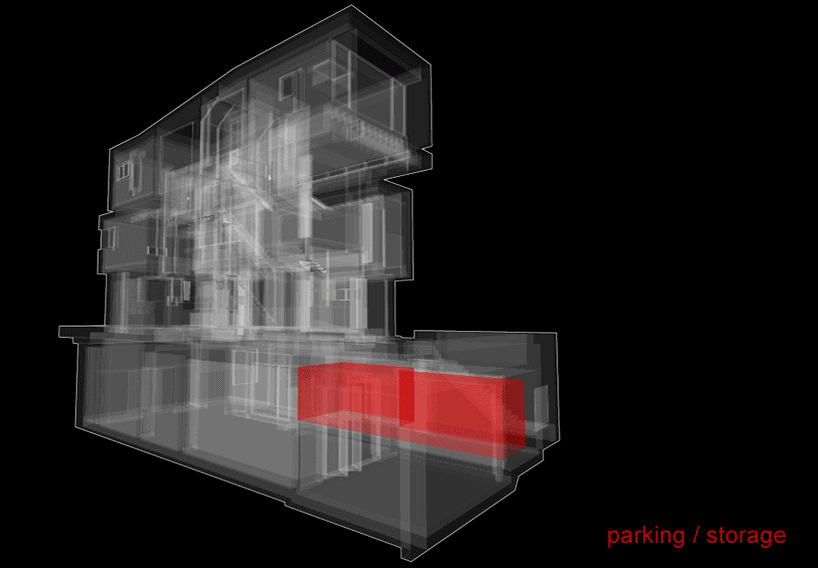 spatial distributionimage © designboomcourtesy bang by min
spatial distributionimage © designboomcourtesy bang by min
 model
model
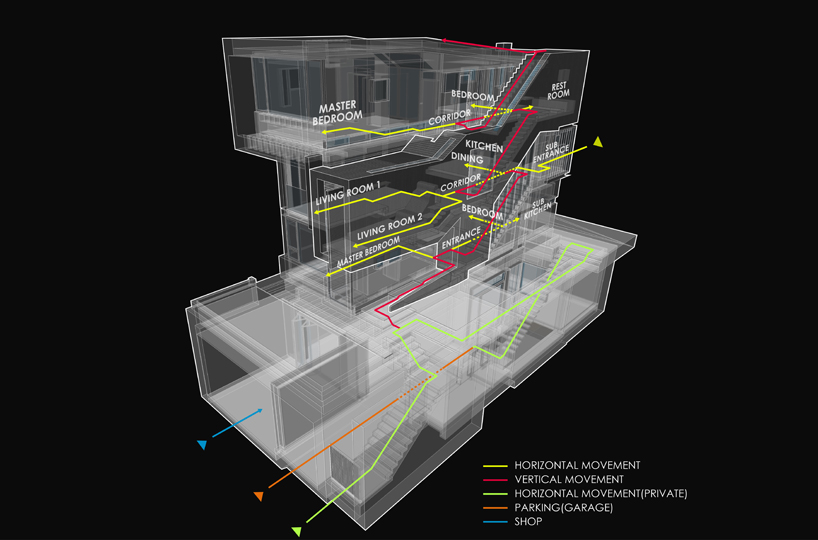 circulation diagram
circulation diagram
 spatial activity overlap
spatial activity overlap
